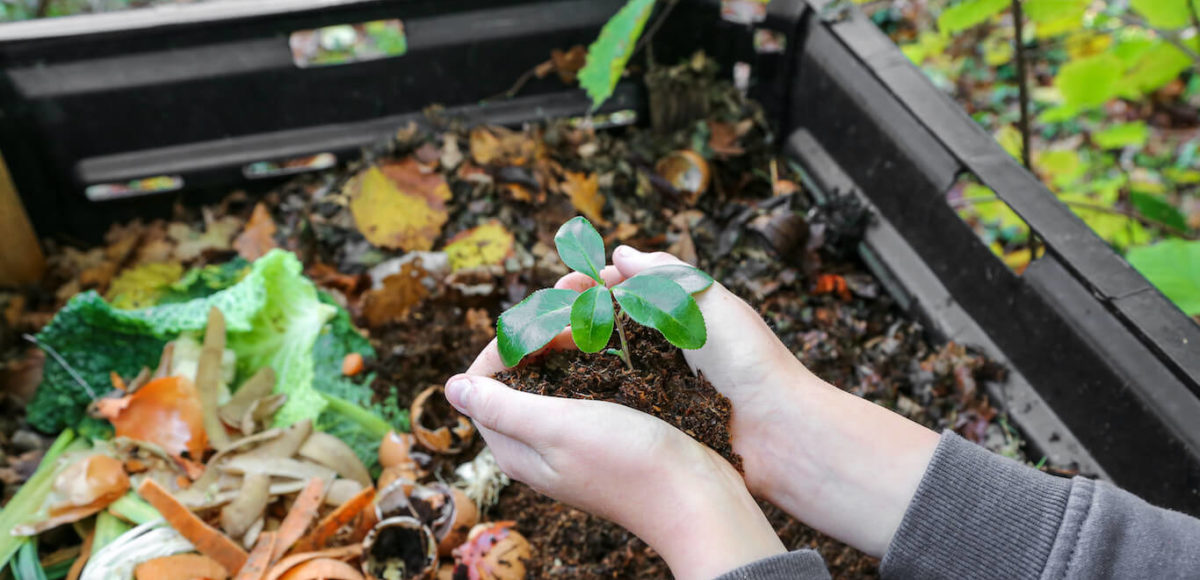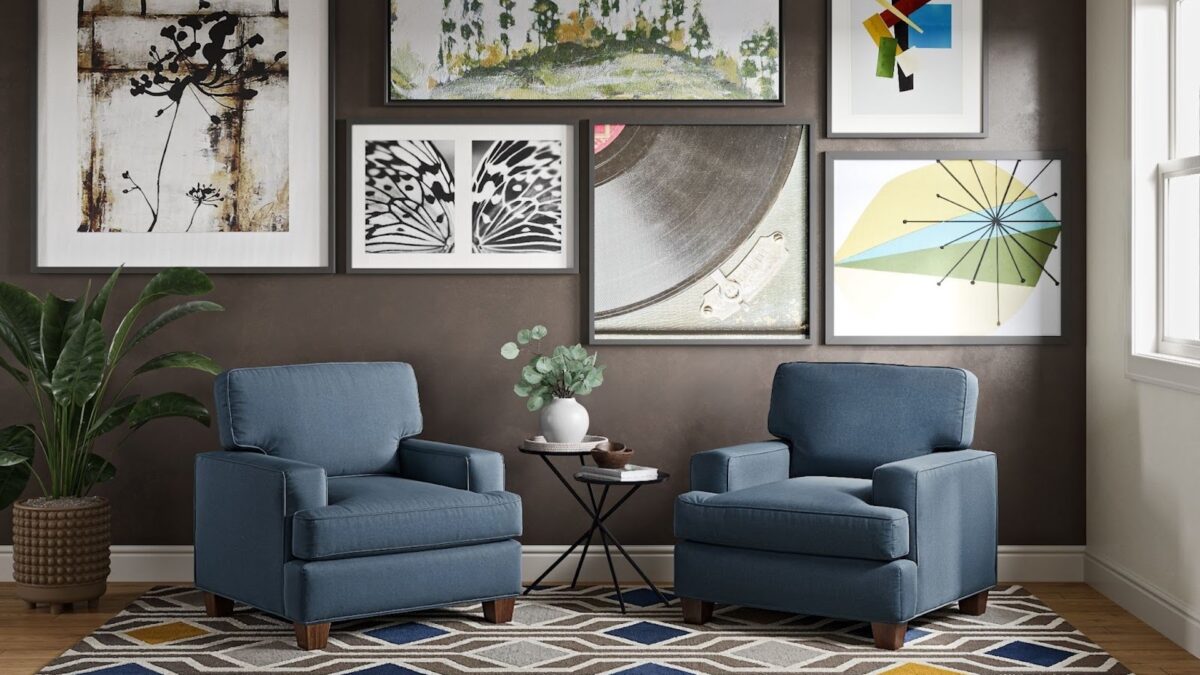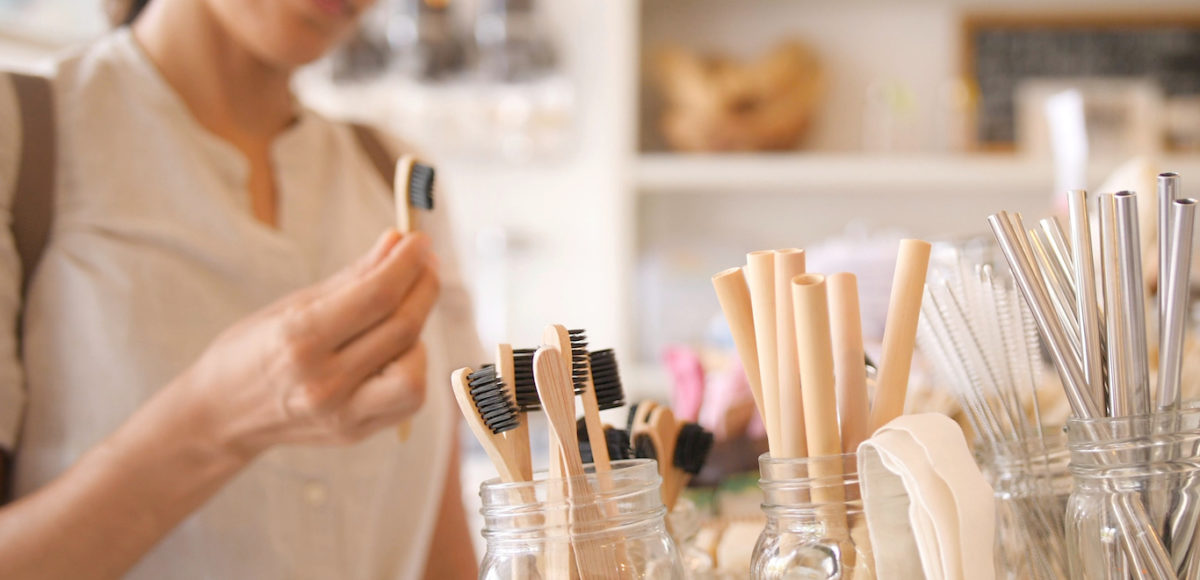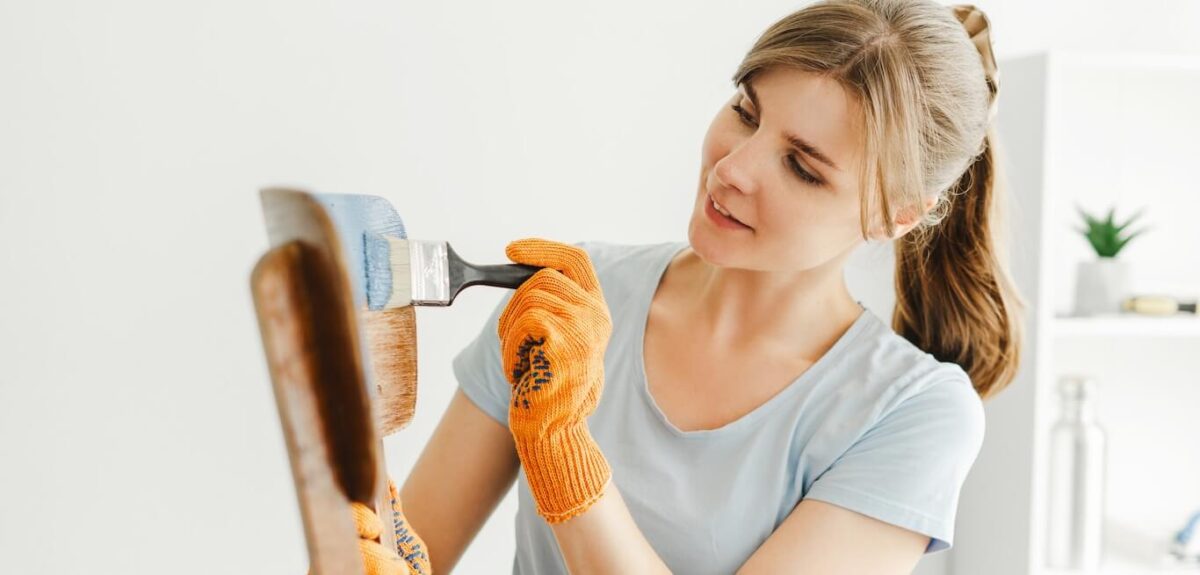Having your own space allows you to create beautiful things in every space: maybe that means painting the walls, maybe it means planting a garden, or maybe it means starting a composting plan for your house or apartment. Boost your sustainability (and cut back on smelly garbage concerns) with a compost bin! Let the worms do the work and bask in the ease of your environmentally-friendly waste solution with this composting guide.
When to Start a Composting Plan
Many people often wonder, “Can you start composting in the fall?” Well, not only can you, but you should start a compost pile in the fall! When thinking about your composting plans, it’s best to remember the end goal: rich, nutrient-dense soil for your garden. Compost can take anywhere from 3 weeks to 12 months to fully decompose into the final product. So with that in mind, it’s best to start your compost pile in the fall so that you’re prepared for spring planting!
What You Need to Get Started
You’ll need a few essentials when starting your composting journey. First, look for compost storage you can easily keep on the countertop or in the pantry that’ll afford you the space you need but won’t be so spacious it’ll make the house smell before it’s filled and ready to add to the compost pile.
Next you’ll need a bin or tumbler to contain your compost. From pallets to trash cans to chicken wire, there are a variety of materials you can use to build a composting bin. You can even fashion a DIY compost bin out of a dresser. If you’d prefer a smaller footprint for your compost pile, opt for a compost tumbler or compact compost bin.
Finally, find shelving or a storage solution that can hold your gardening gloves, shovel, cleaning supplies, and additional gardening materials.
Tip: if you want to be extra eco-friendly, buy supplies and storage secondhand from outlet stores near you.
After you have your compost pile materials in place, you’re ready to layer the following organic materials into your compost bin:
- Carbon-Rich Browns: Browns add in carbon, a necessary component of a well-rounded soil. You’ll want to start your compost pile with leaves, branches, twigs, and brown yard waste. All the more reason to start your compost pile in the fall!
- Nitrogen-Rich Greens: In composting, greens can refer to grass clippings, fruit and vegetable scraps, and coffee grounds. Greens help add necessary nitrogen to your compost.
- Water: Maintaining moisture in your compost pile is an important part of the decomposition process.
Plan on starting with equal amounts of greens and browns and craft your plans from there.
What to Compost
Whether you’re composting whole items, which will take longer to turn to soil, or shredding and chopping items to expedite the process, you can compost:
- Fruits and vegetables
- Eggshells
- Coffee (grounds and filters)
- Paper tea bags (remove any staples)
- Nuts and shells
- Paper
- Cardboard
- Newspaper (make sure to shred your newspapers!)
- Grass clippings
- Yard waste (like leaves, fallen branches, pulled weeds)
- Hay and straw
- Sawdust
- Woodchips
- Cotton or wool fabrics and rags
- Hair and fur from your hairbrush or pet brush
- Fireplace or bonfire ashes (make sure they’re fully extinguished and cooled)
Note: While it’s tempting to add all waste to your compost pile, make sure to keep dairy, meat, citrus, oil, fat, and fish out of your compost. Be sure not to add pet waste or any diseased or pesticide-treated yard waste. These will ruin your compost batch and leave you with a mess to clean up before you start again.
The Basics of Composting for Beginners at Home
Before you begin, you’ll want to make some preliminary decisions: like whether you’d like to make a compost pile or use a composting tumbler. From there, you’ll also need to decide whether you’d like to do hot composting or cold composting. Both of these decisions will likely be influenced by where you live and how much work you’re looking to put into composting.
Hot Composting: Best for Homeowners and Fast Soil Production
Hot composting methods quickly create usable soil, but require the most work and space. In addition to carefully setting up your compost bin or pile, you’ll need to put in work to monitor and maintain your compost.
As the name indicates, hot composting requires creating a large pile or bin of compost materials that will regularly heat up to between 130 – 140 degrees. From there, you’ll also have to do the work of rewetting and turning your compost pile every so often to accelerate the soil production process. In hot composting, especially as a beginner composter, it’s important to maintain a carbon to nitrogen ratio of 30 to 1 — so you’ll have to monitor that as well!
Due to its involved (and potentially smelly) nature, hot composting is a better choice for homeowners or for those with large, private outdoor areas that receive plenty of sunshine.
If you’re planning a hot compost pile, make sure you have a dry spot in the yard where you can easily access a water source. If you opt for a compost tumbler instead of a pile, look for upright bins that will be easy to turn as they fill, and that have the appropriate openings and vents to add fresh food waste as you go.
Cold Composting: Best for Urban Composting
Cold composting is a lower-effort method of composting that can still yield great results — it just requires a little extra time! Unlike hot composting, cold composting doesn’t require you to turn your compost and monitor the temperature. Instead, you’ll simply place your composting materials into the pile and exert a little patience.
In addition to being lower effort, cold composting is a safer process and is also a great way to get into urban composting for beginners. However, cold composting can take longer and it might be harder to tell when the waste has fully decomposed into soil since there aren’t temperature swings in your compost that indicate its progress.
Benefits of Composting
Composting not only creates wonderful soil for your garden or new trees, but it reduces the need for fertilizers and pesticides, reduces methane emissions and landfill waste, and lowers your personal carbon footprint. Plus, when you purchase composting storage solutions secondhand, you’re preventing furniture from ending up in a landfill. It’s an easy way to move your household towards a more sustainable lifestyle.
Before you start composting anything, get the sustainably-minded materials you need. Visit CORT Furniture Outlet for gently used storage and organization pieces you can use for your composting or gardening hobby. From shelving to storage pieces, you’re sure to find what you need to get started!






